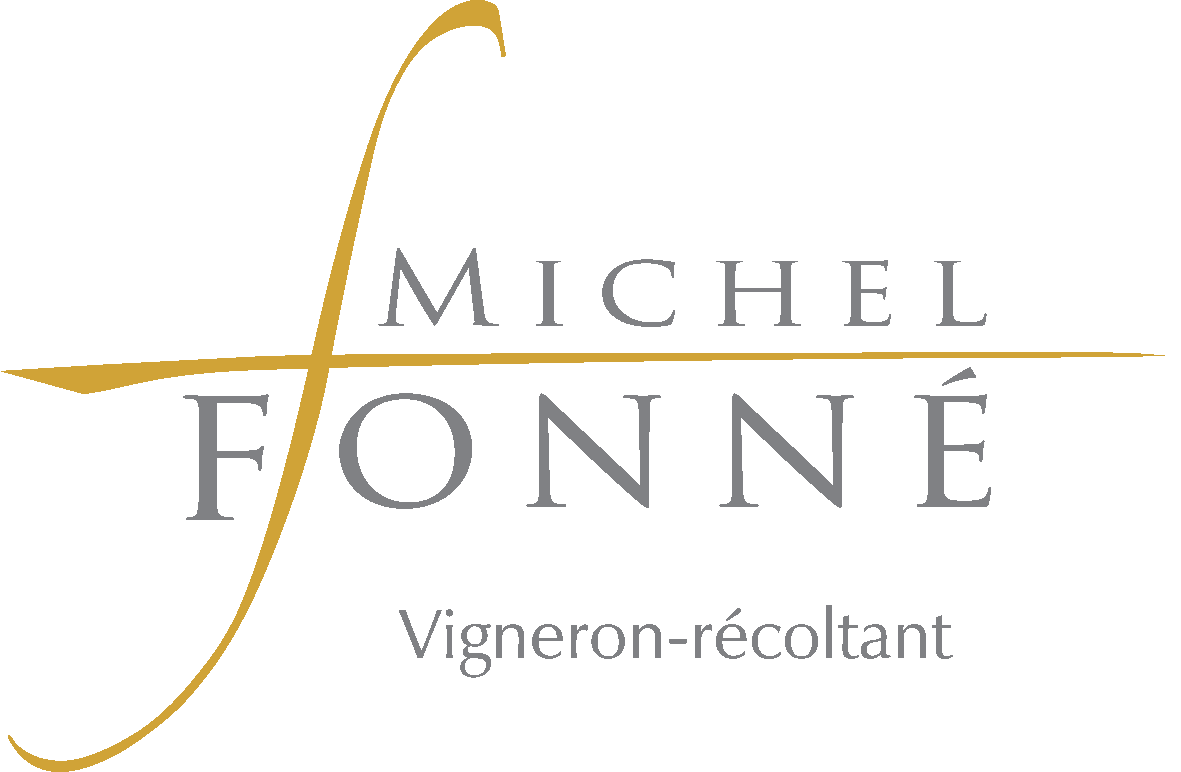The work of the vine extends over the whole year and begins after the harvest, as soon as the leaves fall. Carried out during the vegetative rest of the vine, double Guyot pruning consists in leaving two sticks (which will carry the following year's harvest) on each vine stock. These will then be attached in the form of an arch; the arching favours the homogeneous development of all the buds.
It is in April, with the increase in temperature, that the vine will start to wake up slowly. The buds will swell and later on leaves will appear, followed by the appearance of the future bunches of grapes. The green work then begins: budding which consists in removing unwanted buds (double or triple budding) as well as de-budding to remove the "greedy" shoots coming directly from the vine stock or rootstock.
During this period, the vine grows at a glance: the shoots quickly reach the first wire and then the second. At this time, it is advisable to weave the vegetation through the wires so that the branches do not fall; manual trellising also allows the foliage to be aired.

The soil has been worked mechanically for about ten years. We practice a natural grassing every other row, letting the natural flora take root. This diversified plant cover, specific to each plot, is very important to retain water.
Throughout the summer, the bunches grow until they reach their final size. The veraison process will then begin: the green bunches change color (purple for the Pinot Gris, pink for the Gewurztraminer, yellow for the Riesling). In the grapes, the sugar content is constantly increasing making the acid concentration decrease.
Respect for the environment has been at the heart of the estate's development in recent years. For this reason, we have been converting to Organic Agriculture (AB) for the past two years and were Terra Vitis certified in previous years.

